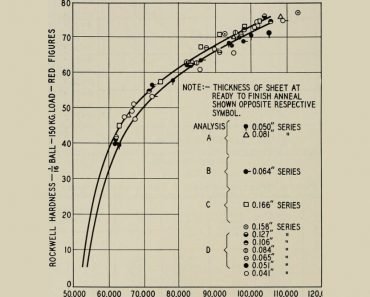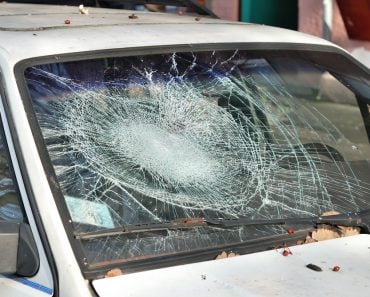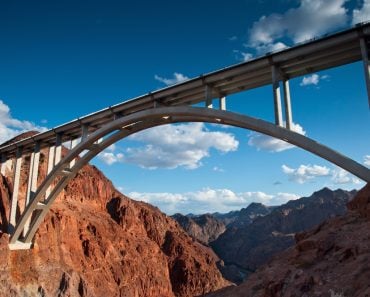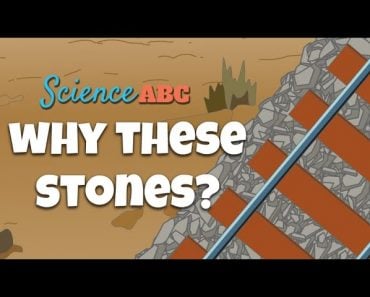Table of Contents (click to expand)
Concrete has great compressive strength, but poor tensile strength. This is because concrete is made of ‘little’ stones, which means that it always has microscopic cracks in its body. When tensile forces are applied to concrete, these cracks become elongated and eventually the concrete breaks apart. However, concrete is very good at withstanding enormous amounts of weight, so it is used to support buildings and structures.
Gigantic towers, monuments and tall structures are always supported by a very thick layer of concrete that’s blended into their foundation. The purpose of this is quite straightforward: nothing provides greater support to a super heavy (and stationary) structure than a layer of concrete. There may be other things that, in theory, could provide a stronger foundation, but they wouldn’t be nearly as cost effective as concrete.
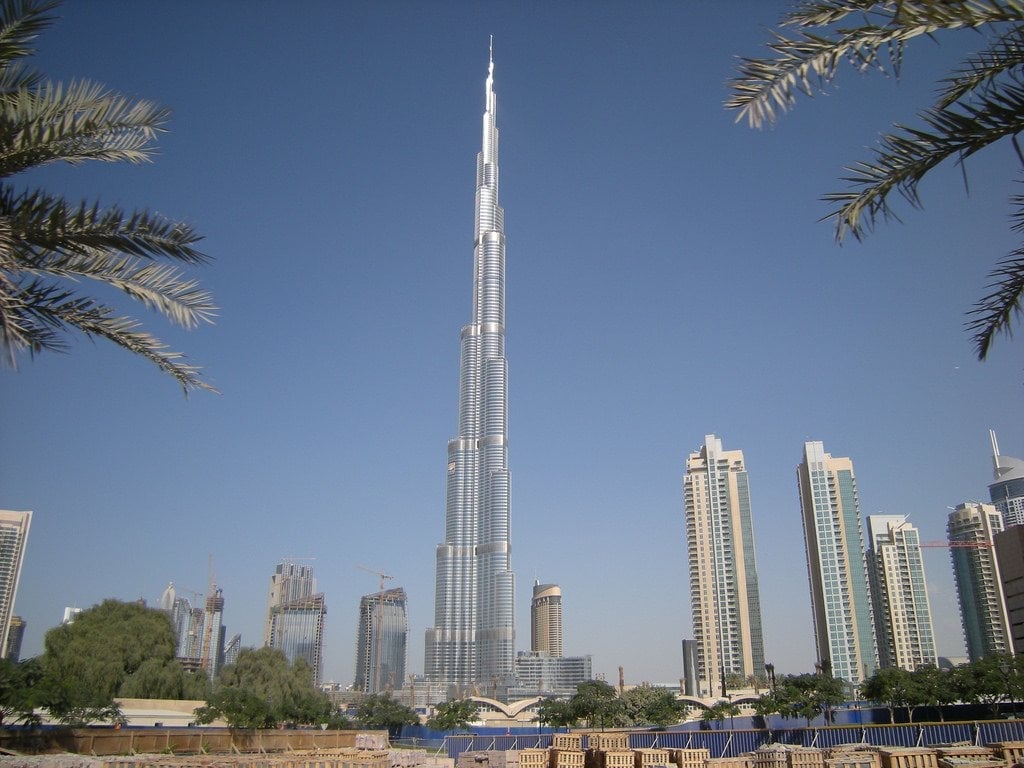
However, if concrete is so strong and strapping that it supports millions of pounds without budging at all, then why does it break apart when hit by a hammer? Shouldn’t such a strong material be able to hold up against a few blows swung by a human?
Recommended Video for you:
Compressive Strength Of Concrete
The reason concrete is used to support buildings and structures is that it has great compressive strength. What this means is that it’s very good at withstanding enormous amounts of weight. This remarkable compressive strength of concrete is attributed to how it’s made. It consists of numerous aggregate materials (pulverized stones) and a binder (cement in this case), which gives it the quality of adhesiveness.
These stones fill up all the little voids in the (concrete) structure, giving it a solid, compact and strong body.
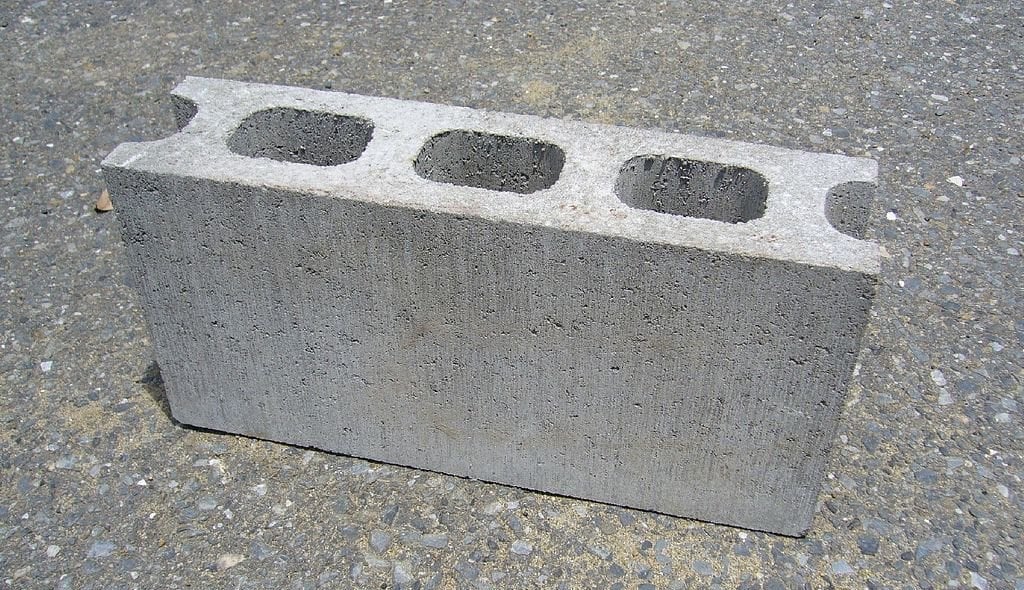
However, concrete itself is a very brittle material. In more technical terms, you could say that concrete has very low tensile strength.
Tensile Strength Of Concrete
The tensile strength of a material is simply the measurement of the force required to pull something to the point that it breaks. In other words, you could say that the tensile strength of a material is the maximum tension it can withstand without breaking.
Since concrete is made of ‘little’ stones, it always has microscopic cracks in its body. Now, these cracks don’t cause any trouble when compression is applied to concrete, but when tensile forces are applied, those same microscopic cracks become elongated. This continues for as long as tensile forces are applied to the concrete, before it ultimately breaks apart.
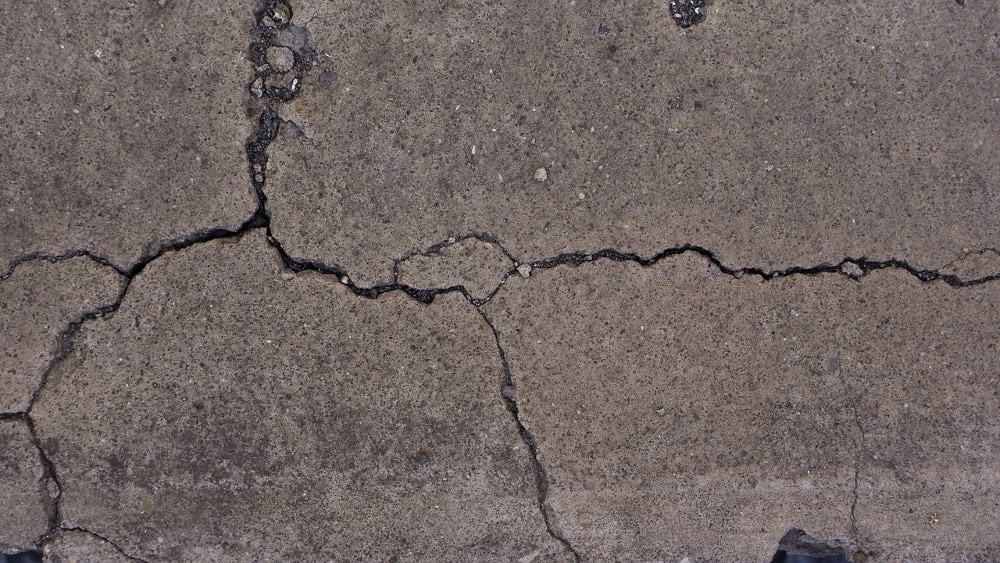
In addition to that, concrete is especially weak in handling shear stress (the force that tends to cause deformation in a material) and has poor elasticity. What this means is that it doesn’t have the ability to absorb forces by temporarily stretching or compressing (on a microscopic level, of course) like a rubber band or spring.
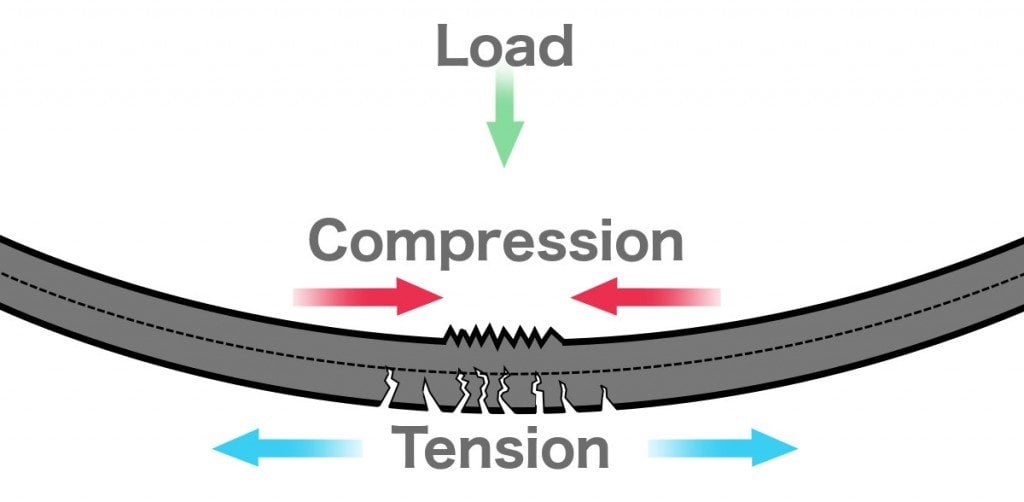
That’s why a concrete slab wouldn’t break with just one hammer blow (unless the hammer is wielded by the Hulk), but after a few powerful hits, the cracks in the slab become large enough to disintegrate the entire slab.
How Can The Tensile Strength Of Concrete Be Increased?
Although concrete is bad at handling tensile forces, that doesn’t mean there’s nothing to be done about it, right?
Concrete has tremendous compressive strength, so to make it sturdier, engineers add steel bars inside concrete structures. This adds to the tensile strength of the concrete structure to make it a strapping, robust building.
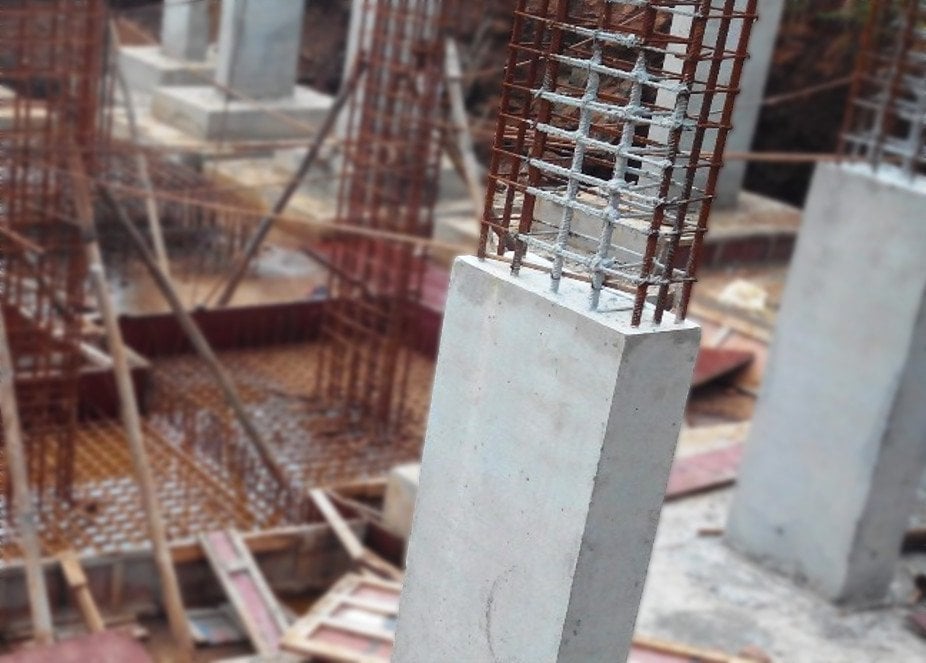
This kind of concrete, i.e., that has steel in it, is called reinforced concrete, as it makes concrete not only stronger, but also allows it to flex and bend slightly without breaking!


